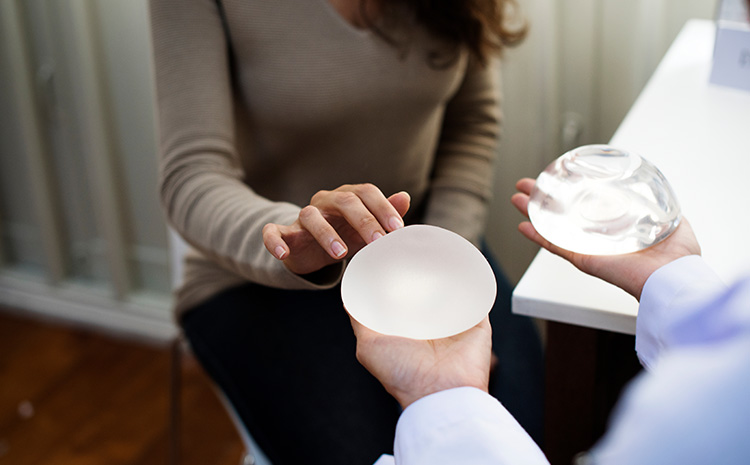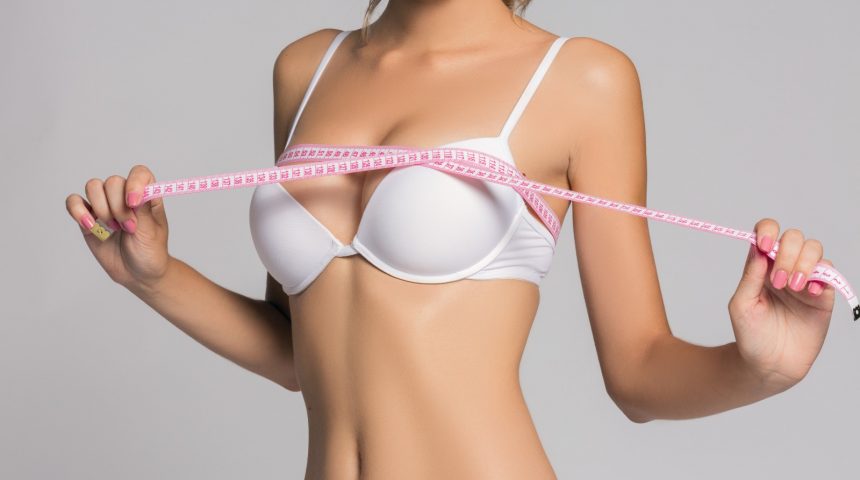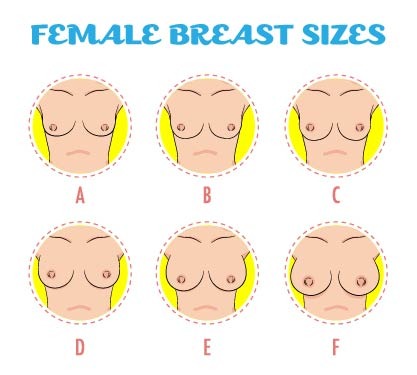
How To Choose The Right Breast Implant Profile For You?
What is a breast implant profile?
A breast implant profile refers to how much an implant protrudes while you stand. There are four types of implant profiles, and how much they stand out depends on the diameters of the implants, which surgeons measure at their bases. For example, moderate profile implants tend to stand out less than high profile implants. To select the right profile for you, your surgeon must determine the diameters of your breasts and the width of your chest.
How to choose the right breast implant profile for you?
There are many decisions to make when it comes to breast surgery. You’ll need a skilled plastic surgeon and you’ll also have to choose the right-sized implants. Picking the right breast implant profile can make a world of difference to your silhouette. Breast implants are life-changing, so it’s crucial to make the right choice. This guide explains how to choose the right one for you.

The Different Implant Profiles
a) Low Profile
Low Profiles (Mini) are the broadest and protrude from the chest minimally. They suit small-built women with full frames, who want a natural change.
Since low profiles take up space on the chest, they provide more prominent cleavage than moderate or high ones. Though they don’t project outward as much as the others, they will give suitable patients beautiful silhouettes.
b) Moderate Profile
Moderate (Demi) Profiles tend to yield natural results compared with the others. They project more than Low Profiles but less than High Profiles. They suit women who have narrow chests.
c) Moderate Plus Profile
Moderate Plus (Full) profiles make breasts appear rounder than usual. They have a broader base than High Profiles, so they seem natural. Patients who wish to improve their cleavage would choose them. They also suit women who have medium-sized frames or narrow chests.
d) High Profile
High Profiles (Coarse) are extensive, and the most noticeable. They are more pointed, fuller, and rounder than the others. The projection will be significant, and the patient’s cleavage will increase drastically. They are suitable for petite women who have narrow chest walls.

Implant Placement
Your plastic surgeon will place your implant according to your preferences. He will usually use the terms Submuscular and sub glandular.
a) Submuscular
If you request a *Submuscular placement, the plastic surgeon will fit the implants under the *Pectoralis Major muscles. This placement usually produces natural results, and suit tall, lean women who require pointed breasts and don’t have much muscle tissue.
b) Sub Glandular
Should you request a *Sub Glandular placement, the surgeon will place the implant over your chest muscles. It suits women who use this muscle group extensively or play sports.
Implant Types
Breast implants typically comprise silicone or saline. Either material is safe, so what you choose depends on your preference. Silicone implants have a shell filled with a gel that feels like normal breast tissue. Silicone implants generally look more natural than Saline implants. Saline implants have a silicone shell filled with a mixture of salt and water. These are firmer than Silicone implants and don’t feel like human fat. They usually require smaller incisions because the surgeon fits them into the implant pockets.
Surface
Also, consider the surface of the implants. Textured implant shells conform to the tissue that surrounds them. The implant is secure in the breast pocket. These usually work with teardrop-shaped implants. Smooth shells don’t attach themselves to breast tissue and have a consistent shape. They work best with round implants and will allow them to flip around within the chest without causing a change in appearance.
In all, you will achieve the best results with breast surgery if you choose the right implant profile and take measures to make sure that you realize the best results from your surgery. Of course, your plastic surgeon will work with you to understand your goals and suggest a profile that will achieve them.
Terms:
Submuscular: The surgeon places implants below the pectoral muscles.
Submuscular: The surgeon places the implants beneath the soft tissue and pectoral muscle.
Pectoralis Major: This muscle is thick and fan-shaped. You will find it in the chest.
